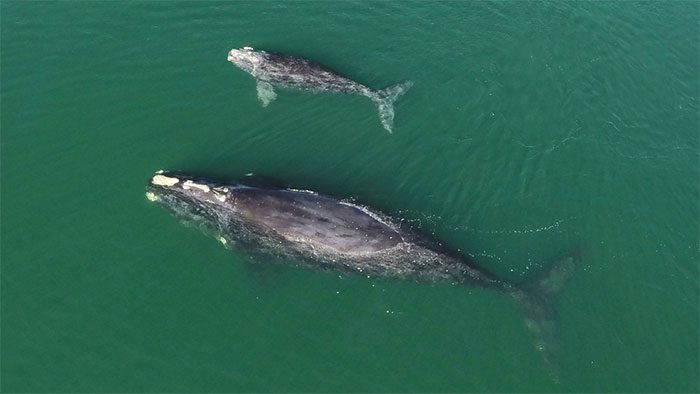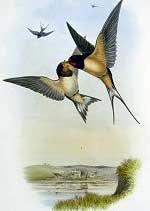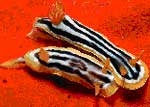The alarming rate of wildlife disappearance globally is more severe than previously anticipated, with nearly half of the planet’s species experiencing rapid declines in population.
According to a study published in the journal Biological Reviews on May 22, humans have wiped out a significant number of species and pushed many others to the brink of extinction. This has led some scientists to suggest that we are entering the “sixth mass extinction”, this time caused by human activities.

Amphibian species, such as the glass frog in Panama, are witnessing a rapid decline in their populations. (Photo: EPA)
The primary cause of this decline is the destruction of natural habitats to build farms, towns, cities, and roads. However, climate change is another significant factor contributing to species decline and is expected to exacerbate the situation as the world warms.
The authors of the study analyzed over 70,000 species globally – including mammals, birds, reptiles, amphibians, fish, and insects – to assess whether their populations are growing, shrinking, or remaining stable over time.
They found that 48% of these species are experiencing population declines, with less than 3% showing an increase.
Co-author Daniel Pincheira-Donoso, a researcher at the School of Biological Sciences at Queen’s University Belfast, stated that their findings serve as a stark warning.
He told CNN: “Other studies, based on significantly smaller sample sizes, have indicated that the ongoing ‘extinction crisis’ is more severe than generally assessed. Our findings provide clear confirmation on a global scale of the extent of biodiversity loss.”
Pincheira-Donoso pointed out that for decades, the extinction crisis has been characterized by “conservation categories” assigned by the International Union for Conservation of Nature (IUCN) to species they evaluate at a given time.
Based on this method, the IUCN’s Red List has classified about 28% of species as threatened with extinction.

A mother whale and her calf in the North Atlantic. (Photo: AP).
Pincheira-Donoso explained that his research is not aimed at identifying which species are threatened or not; rather, it examines whether their population sizes are becoming increasingly smaller. A declining population trend over time is a precursor to extinction.
According to this assessment, 33% of species currently classified as “not threatened” on the IUCN Red List are, in fact, gradually declining towards extinction.
The report indicates that mammal, bird, and insect species are all experiencing declines, but amphibians have been particularly hard hit and are facing numerous threats, including disease and climate change.
The report highlights that geographically, the declines tend to be concentrated in tropical regions. One reason for this is that tropical animals are more sensitive to rapid changes in their environmental temperatures.
Professor of Conservation Science Brendan Godley at the University of Exeter, who was not involved in the study, stated that the findings provide new insights into population trends.
“This is an extremely impactful study that encompasses global data across all vertebrate and insect groups,” Godley remarked.
According to him, by carefully combining population trajectories, it emphasizes the level of pressure that wildlife is under from human impacts and how this is occurring globally and across different animal groups.
He added that there have been positive examples of species being brought back from the brink of extinction, such as large whales and sea turtles.
However, Brendan Godley believes that we should all be very concerned about these indicators. Without thriving populations, species, habitats, and ecosystems, we cannot survive.





















































